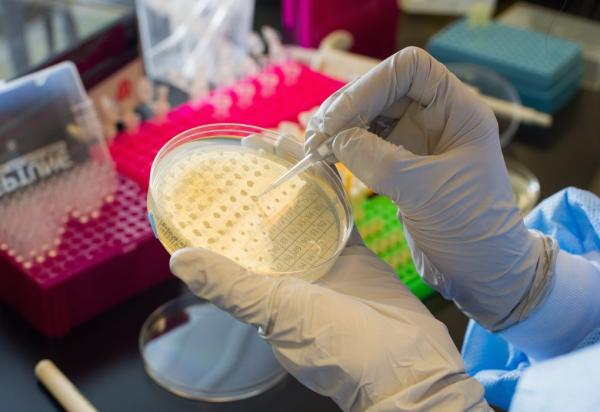Aspirations for Standards to Bolster Reproducibility in Scientific Research
A decade ago, the employment website Monster.com had a memorable tongue-in-cheek ad campaign featuring children talking about their career aspirations. One child remarks, “I want to climb my way up to middle management.” Another says, “I want to file all day.” The premise allowed the viewers to laugh at themselves, because typically people don’t aspire to file all day or “climb” to middle management. It is human nature to dream big—and to strive for memorable contributions throughout our careers.

Such is also the case for scientists. Each day, hundreds of thousands of biomedical researchers around the world design and execute studies, with diverse trajectories and outcomes and where success is based largely on reproducibility. However, a large percentage of experiments using cell culture techniques have been labelled as irreproducible, with around 25 percent of all cell-line research described as either contaminated with other cells or mischaracterized in some way. In other words, if your kidney cancer cell isn’t really a kidney cancer line, then how will anyone else be able to reproduce your work?
Cell culture is not alone. When study design is typically dependent on the individual scientist or the organization for which the research is being undertaken, reproducibility presents a challenge for the research community as a whole. Perhaps surprisingly, there are actually very few universally accepted standards in preclinical research. There are best practices, for certain. There are standard operating procedures. But, more and more voices in the biomedical field are calling for implementation of baseline standards to improve research reproducibility rates. In fact, the NIH recently held a full-day workshop for members of the scientific community to explore this topic and offer suggestions on how to support greater reproducibility in our work.
Implementing standards at the bench isn’t where it ends though, and many scientific journals have now established guidelines to ensure improved transparency in reporting key information, including any standards used in the experimentation, evidence of data replication, detailed statistical procedures, and determination of sample size. Authors are encouraged to share all datasets after publication.
The issue of reproducibility in science is not a new one, but it remains a challenging conversation and one that ultimately asks each of us to look at our motives as scientists. Why is it that we’ve chosen to do what we do? What was the siren call of science that spoke to us as individuals? As children bitten by the Science Fair bug, or teenagers moved by a disease that hit too close to home, or undergraduates inspired by a professor, did we ever say, “I want to contribute to irreproducible research all day?” Of course not. That’s the brilliance of the Monster.com ad.
Solving the reproducibility problem is a lofty aspiration, to be sure. But then…isn’t solving problems the point of science? Join us today at 12:30 p.m. for the second of three workshops sponsored by the NIH Office of the Director on the important topic of scientific research reproducibility.
Related Blog Posts
This page was last updated on Monday, January 29, 2024
